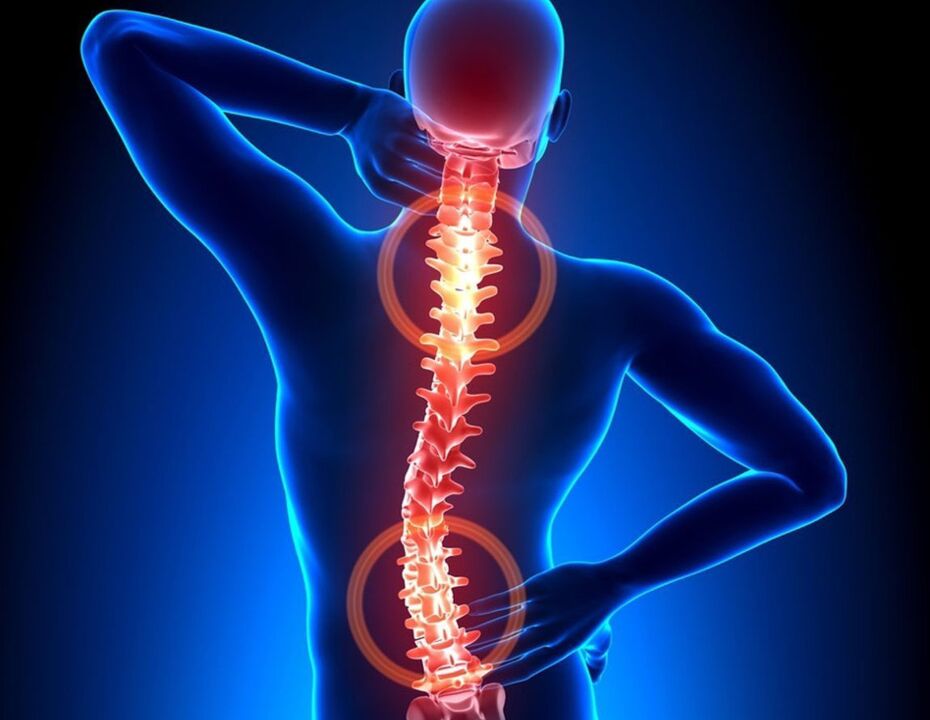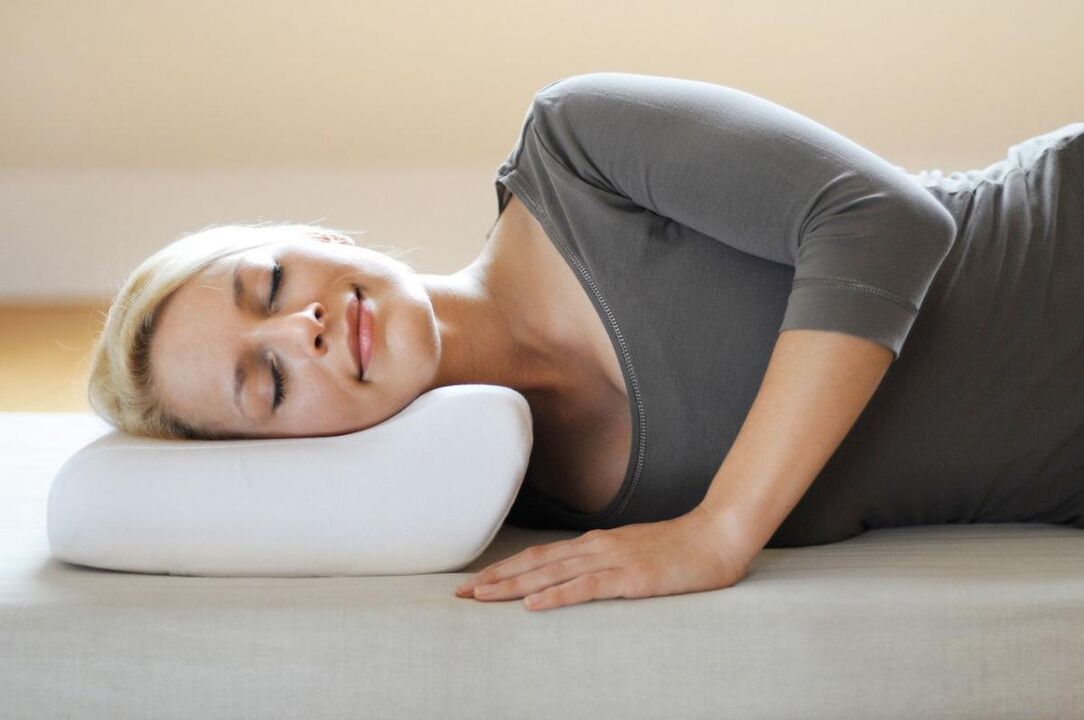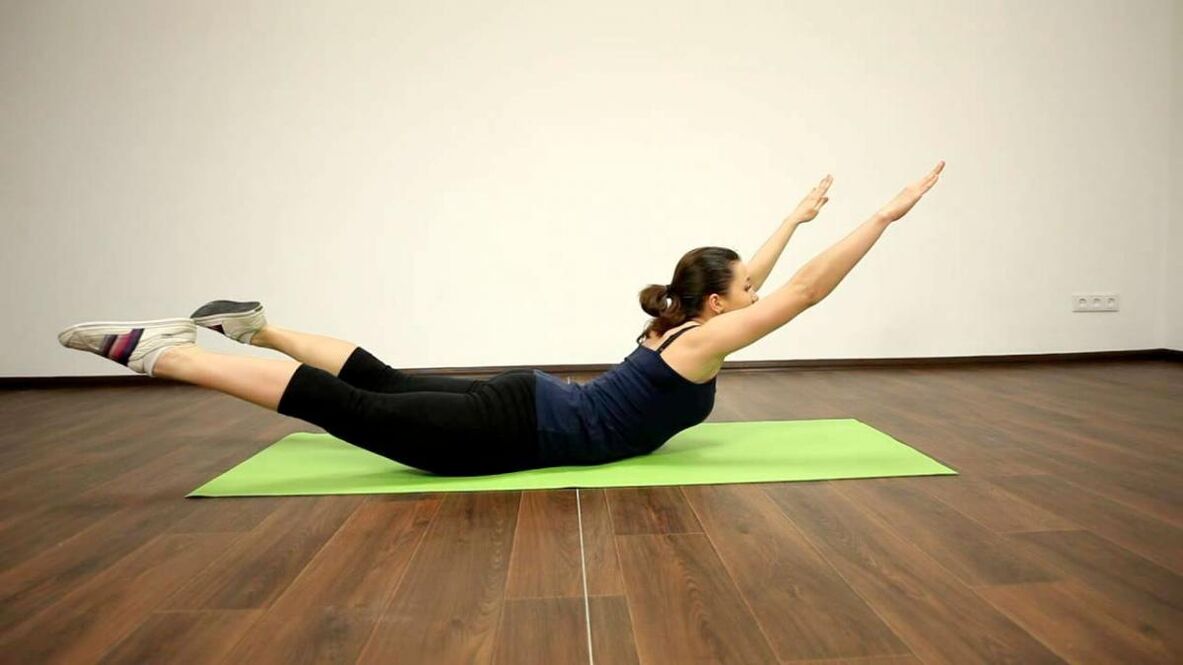
Basic principles of treatment
- Balanced diet.A diet high in fat, fried, and smoked foods can cause harmful cholesterol to accumulate in the blood vessels of the spine. Narrowing of the lumen prevents adequate supply of oxygen, nutrients, and bioactive substances to bone and cartilage. The attending physician always advises the patient to give priority to cereal porridge, fresh or baked vegetables and fruits, lean meat and fish;
- Drinking system.Lack of adequate fluids in the body can lead to water and electrolyte imbalances. The vertebral structure lacks mineral compounds necessary for its active function. A lack of fluids can also lead to the accumulation of waste products and toxic compounds, negatively affecting the cartilage and bone regeneration process. Drinking 2-2. 5 liters of clean water, chamomile tea and/or rosehip tea daily will help eliminate the resulting imbalance;
- bad habits.Nicotine and cigarette tar can negatively affect the condition of the blood vessels that supply various parts of the spine. When ethanol is metabolized in the liver, intermediates are formed that are toxic to humans. By affecting the peripheral and central nervous systems, they disrupt innervation and lead to the development of inflammation and swelling;
- Orthopedic bedding.If a person likes to sleep on mattresses and pillows that are too hard or too soft, then osteochondrosis will appear quickly. During sleep, blood vessels are compressed and bone tissue does not receive adequate access to necessary substances and oxygen. If orthopedic devices are not available, choose medium-firm bedding.

medical treatement
- Allotropic treatments aimed at eliminating the causes of degenerative damaging changes;
- Give symptomatic treatment to reduce the severity of the inflammatory process and relieve pain;
- Treatment of the cause can prevent the progression of the disease to other parts of the spine and avoid adverse consequences.
NSAIDs
Glucocorticoids and anesthetics
Painkillers and antispasmodics
muscle relaxants
- Intramuscular anticholinergic drugs help dilate blood vessels to deliver oxygen and nutrients to the vertebral structures. At the same time, muscle relaxants have analgesic effects;
- Using a GABAb stimulator can help quickly relieve painful muscle spasms. The patient regains mobility without discomfort;
- With the help of α2-adrenoceptor agonists, the natural mobility of the intervertebral discs that have lost their shock-absorbing capacity is restored. A single dose of the drug can effectively eliminate even the most severe pain.
Chondroprotectants and vitamins
physical therapy procedures
- UV irradiation;
- electrotherapy;
- balneotherapy;
- magnet therapy;
- shockwave therapy;
- stress reduction therapy;
- Point or band vibration effects.

Therapeutic massage and gymnastics
- Blood circulation in the damaged area is restored;
- Restores the delivery of nutrients and molecular oxygen;
- Innervation to all parts of the spine is normalized.
Therapeutic gymnastics sessions were also initially conducted under the supervision of a coach who individually selected a set of exercises for each patient. In the initial stages of the pathology, this will help you to forget about painful cramps forever, even without the use of drugs. A series of exercises after recovery can be a great way to prevent any spinal disorders.
Traditional healer's recipes
- Brew 3 tablespoons per liter of boiling water. tablespoon St. John's Wort and 7 tbsp. Elecampane spoon. Leave for 2 hours and filter. Drink 0. 5 cups after each meal;
- Take a hot bath every day and add 10-15 drops of thuja, eucalyptus, fir, sage, and palmarosa essential oils to the water;
- Soak a linen cloth in a mixture of equal parts honey and 40% ethanol and leave it on for 1-2 hours.


















